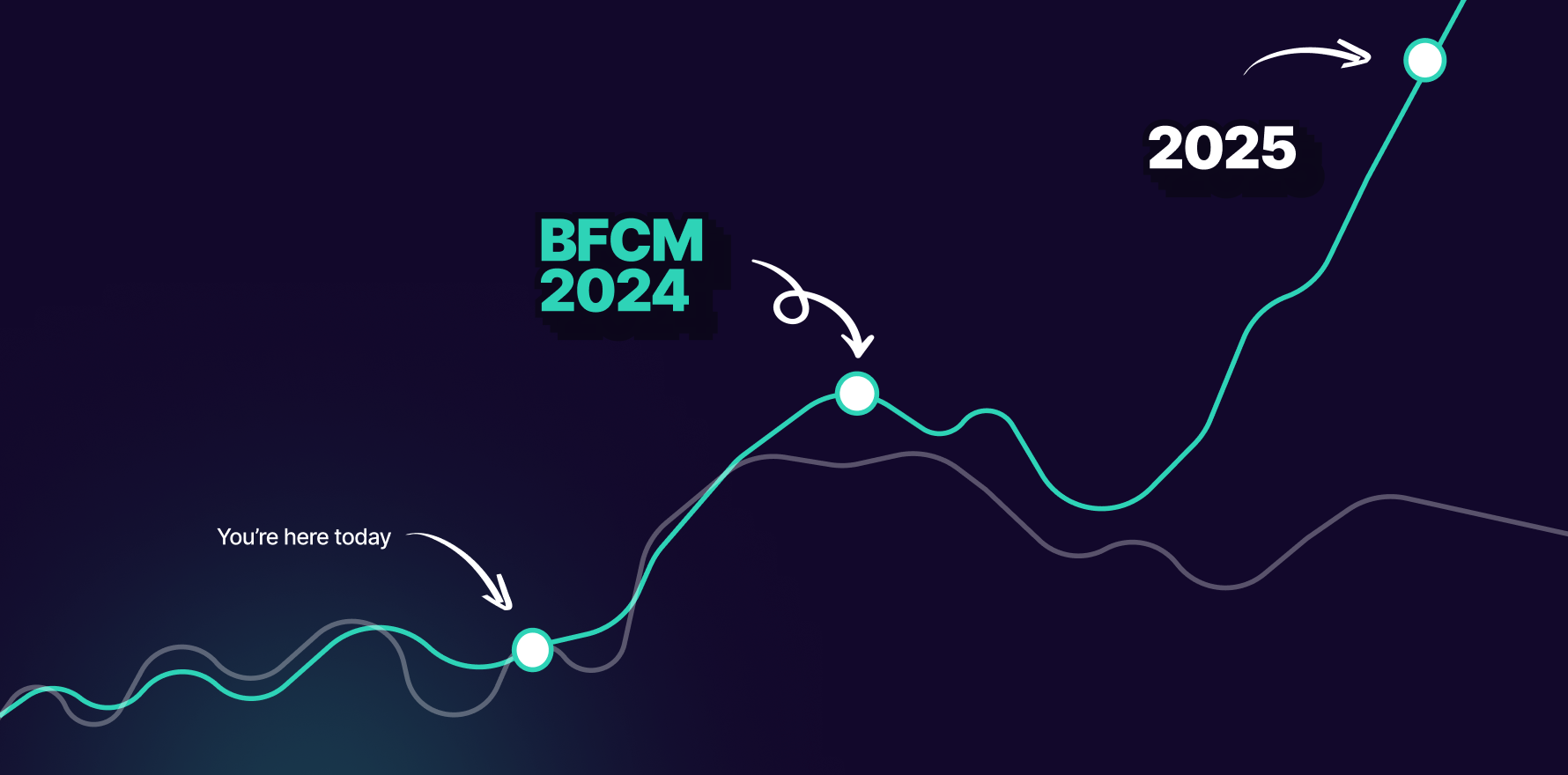What is Average Customer Spend?
Average Customer Spend, often abbreviated as ACS, is a critical measure in eCommerce analytics. It provides insights into customer purchasing behaviour, by indicating how much a customer typically spends every time they make a purchase. This value is determined over a specific time frame and it gives you an understanding of your customer’s purchasing power and trends.
Formula
Average Customer Spend = Total Revenue / Total Number of Transactions
Example
Lets imagine, if your eCommerce shop makes $10,000 in a month from 200 transactions, the Average Customer Spend would be $50. This means on average, each transaction made in your eCommerce store is worth $50.
Why is ACS important?
- Revenue Benchmarking: ACS helps set a standard or benchmark for expected revenue per transaction. This helps in assessing the performance and growth of the eCommerce business.
- Customer Insight: It provides valuable insights into customer purchasing behavior which is beneficial for marketing and merchandising strategies.
- Profitability: Higher ACS means higher profitability. By tracking this metric, businesses can strategize how to motivate customers to spend more.
Which factors impact ACS?
- Product Pricing: The cost of products directly impacts ACS. Expensive items lead to a higher ACS.
- Customer Preferences: Shopping habits and preferences can impact ACS frequent shoppers who spend less can lower ACS.
- Market Conditions: Economic factors can impact ACS, with customers likely to spend less in times of recession.
How can ACS be improved?
- Upselling: Offering customers an upgraded or premium version of their chosen product can increase ACS.
- Cross-selling: Suggesting complementary products or services at the point of purchase can also foster higher ACS.
- Loyalty Programs: Offering rewards or points for higher spend can encourage customers to purchase more in each transaction.
What is ACS’s relationship with other metrics?
ACS is often viewed in tandem with metrics like the conversion rate, customer lifetime value, and average order value. A higher ACS generally results in a higher customer lifetime value. It also aids in developing more effective marketing strategies, to improve conversion and retention rates.
Free essential resources for success
Discover more from Lifesight
















